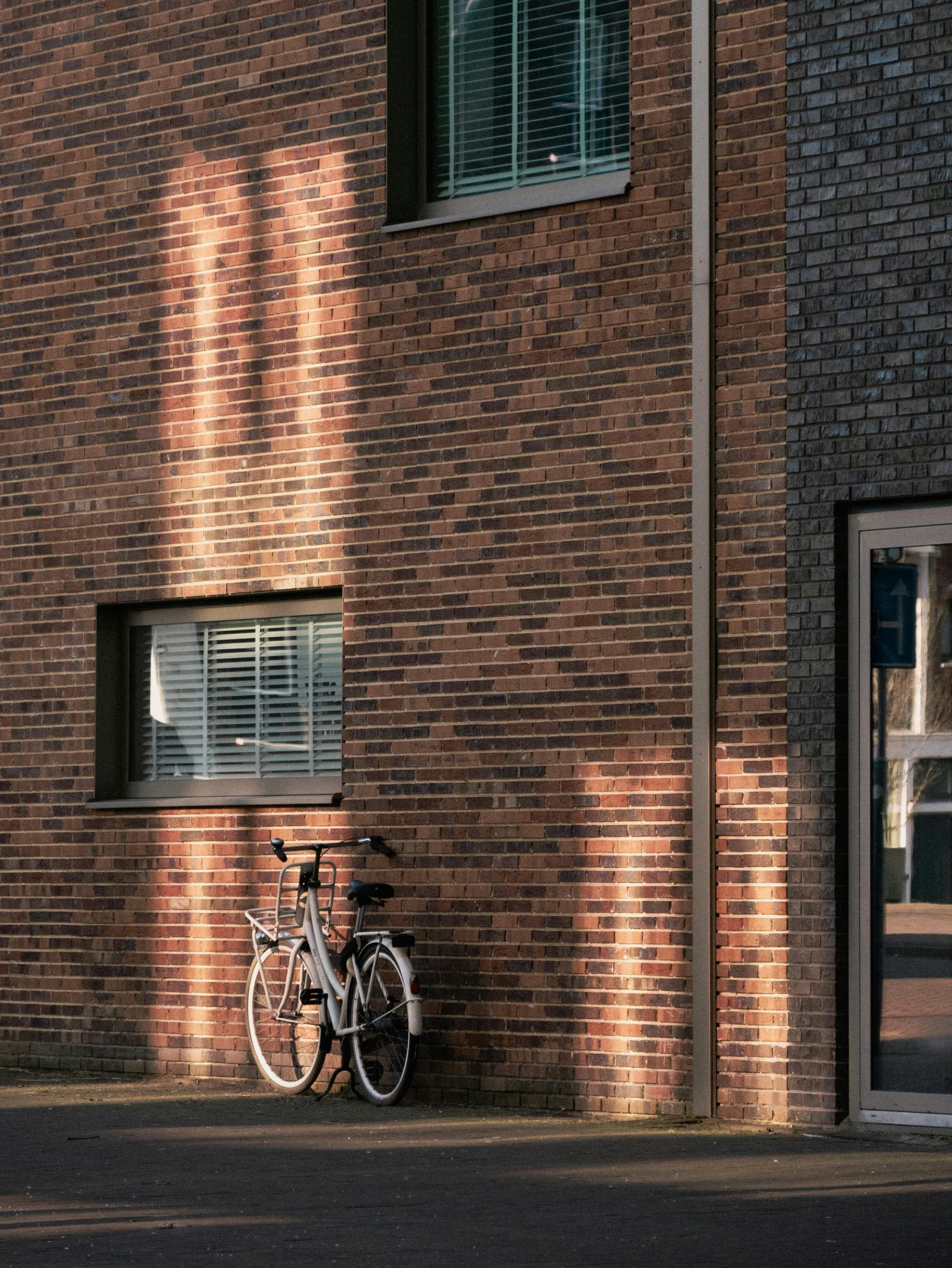The sensation of the new town centre feeling cramped or congested can often be attributed to several factors. Firstly, the design and layout of the buildings and streets play a crucial role in creating a spacious or restrictive atmosphere. If the architecture is densely packed without adequate open spaces or pedestrian-friendly pathways, it can contribute to a feeling of being cramped.
Secondly, the level of foot traffic can significantly impact perceptions of space. If the town centre is frequently bustling with people, especially during peak hours, it can become challenging to navigate, thereby feeling more cramped. Similarly, narrow sidewalks and lack of seating or resting areas exacerbate this issue by limiting space for pedestrians.
Additionally, urban planning and zoning decisions might have prioritized commercial over recreational spaces, leading to an imbalance where retail or office buildings dominate the landscape, leaving little room for leisure areas. This can result in a less breathable environment where people feel confined.
Moreover, vehicle traffic and parking arrangements can add to the congestion. If the town centre accommodates a substantial number of vehicles without adequate parking solutions or pedestrian zones, it might lead to traffic bottlenecks and increased crowding on footpaths.
Lastly, the experience can also be subjective; some people might perceive a bustling, active environment as vibrant and lively, while others may find it overwhelming and restrictive. Community feedback and participatory planning can be instrumental in addressing such concerns by identifying specific areas in need of improvement and implementing changes that enhance the overall spatial experience of the town centre.

I appreciate the thoughtful examination of the factors contributing to the feeling of congestion in the new town centre. You’ve touched on some important aspects of urban design and community dynamics.
To add to the discussion, I think it’s crucial to consider how the integration of green spaces and community areas can help alleviate these feelings of confinement. Introducing parks, gardens, or even small plazas can provide breathing room and encourage social interaction, making the environment more inviting.
Additionally, incorporating flexible spaces that can adapt to events or gatherings may help utilize the area more efficiently, distributing foot traffic throughout the area rather than creating bottlenecks in high-density zones.
Engaging the community in these discussions can also yield innovative ideas, such as hosting planning workshops or feedback sessions where residents can voice their experiences and suggestions. This collaborative approach can not only enhance urban planning but can foster a stronger sense of community ownership over the town centre, resulting in a space that feels welcoming to all.
Ultimately, balancing commercial needs with recreational spaces is key to creating a vibrant yet comfortable environment for both residents and visitors.
This is a thought-provoking discussion on the complexities of urban design and the subjective nature of space. I’d like to expand on the role of community engagement in urban planning, which can be pivotal in shaping a town centre that feels both vibrant and accessible.
One approach that has garnered attention is the concept of “tactical urbanism,” where temporary, low-cost interventions can be implemented to test changes in urban landscapes. For example, introducing pop-up parks, street closures for pedestrian-only zones, or even temporary seating can help gauge community response to various spatial arrangements. These experiments allow for real-world feedback from residents and visitors, which is invaluable in determining what modifications might alleviate feelings of congestion.
Additionally, it’s vital to consider multimodal transportation solutions that prioritize both pedestrians and cyclists. Introducing dedicated bike lanes and improving public transit options can reduce vehicle congestion and create a more inviting atmosphere for those on foot.
Lastly, the inclusion of greenery and natural elements can drastically transform perceptions of space. Urban parks or green corridors not only provide a respite from the bustling urban setting but can also enhance mental well-being and community interactions.
By fostering a more collaborative approach and exploring innovative urban planning strategies, we can strive to create a town centre that caters to a diverse range of experiences and ultimately feels more open and enjoyable for all. What does everyone think about implementing short-term trial projects to test community adaptations?